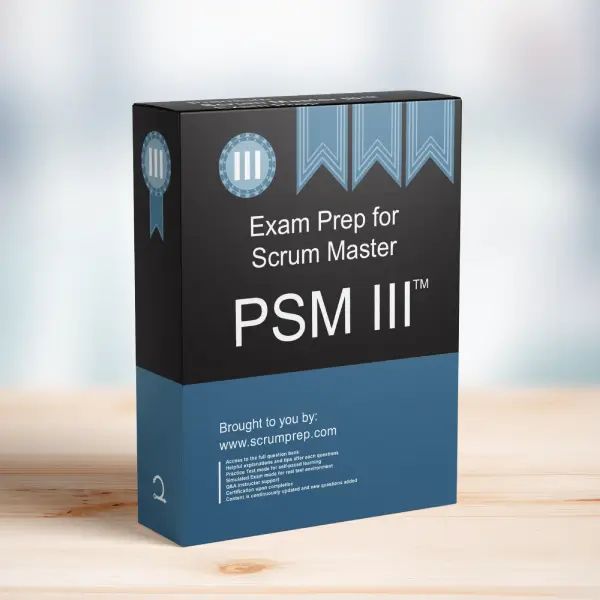Understanding Empiricism and Transparency in Scrum
In Scrum, empiricism is the foundation of all inspections and adaptations. For effective inspection to occur, transparency must be present. Without transparency, the quality of the inspection diminishes, and the resulting adaptations may not address the underlying issues effectively. The Daily Scrum is a critical event where empiricism is applied, and transparency plays a key role.
Exam Question
Empiricism requires transparency for effective inspection to occur.
What is inspected and adapted during the Daily Scrum?
Provide an example of what the Developers can do to increase transparency?
Correct Answer
Inspected and Adapted:
During the Daily Scrum, the Developers inspect the progress toward the Sprint Goal and adapt their plan for the next 24 hours. They discuss what was accomplished the previous day, what they plan to do today, and any impediments blocking progress. The focus is on ensuring the team is on track to meet the Sprint Goal.
Example of Increasing Transparency:
One way the Developers can increase transparency is by visualizing their work on a task board that is accessible to the entire Scrum Team. This board could include the Sprint Backlog with tasks categorized by status (e.g., To Do, In Progress, Done). By making this board visible and up-to-date, everyone can see the progress being made and any bottlenecks or delays that need to be addressed.
Explanation
Inspected and Adapted
- Inspection: The Daily Scrum serves as a daily checkpoint for the Developers to inspect their progress toward the Sprint Goal. This inspection allows them to identify any deviations from their plan and determine if they are still on track.
- Adaptation: After inspecting the progress, the Developers adapt their plan as needed. This might involve reallocating tasks, addressing impediments, or adjusting the focus to ensure they remain aligned with the Sprint Goal.
Increasing Transparency
- Task Board Visualization: By using a visual task board, the Developers can create a shared understanding of the current state of work. This transparency allows for more accurate inspections during the Daily Scrum and ensures that the entire Scrum Team, including the Product Owner and Scrum Master, has visibility into the progress.
- Regular Updates: Developers should update the task board regularly, ideally in real-time, so that it accurately reflects the current status of each task. This helps to prevent any surprises and allows for early detection of potential issues.
Relevance to the PSM III Exam
Understanding the role of transparency in empiricism and how it is applied during the Daily Scrum is crucial for the PSM III exam. This knowledge demonstrates a deep understanding of Scrum principles and the ability to apply them in a practical context, which is essential for passing the PSM III exam.
Key Takeaways
- Empiricism in Scrum relies on transparency, inspection, and adaptation.
- Daily Scrum is a vital event for inspecting progress and adapting the plan toward the Sprint Goal.
- Transparency can be increased by visualizing work and keeping task boards up-to-date.
Conclusion
Empiricism is at the heart of Scrum, and transparency is essential for its effective application. By increasing transparency during the Daily Scrum, the Developers can ensure they are making informed decisions and staying on track to meet their Sprint Goal. For more information on preparing for the PSM III exam, visit our Scrum Master PSM III™ Exam Prep.



